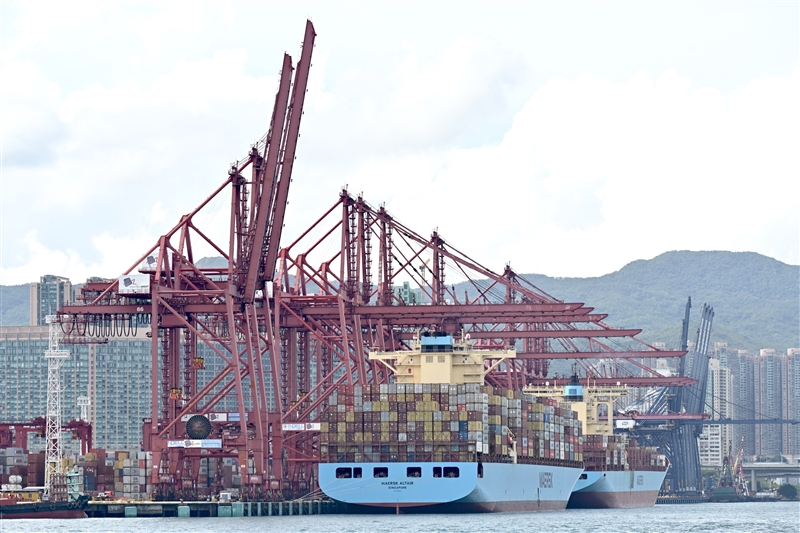
HONG KONG - The Hong Kong Special Administrative Region government promulgated the Action Plan on Green Maritime Fuel Bunkering on Friday to set out clear strategies and actions to promote the development of Hong Kong into a high-quality green maritime fuel bunkering center.
The action plan sets out a number of targets, including following the emission reduction target set by the International Maritime Organization (IMO) to reach net-zero carbon emissions from international shipping by or around 2050, reducing carbon emissions from Hong Kong-registered ships by at least 11 percent (compared to 2019) and ensuring that 55 percent of the diesel-fuelled vessels in the government fleet switch to using green maritime fuels by 2026.
ALSO READ: Tse stresses need for climate adaptation, resilience strategy
Other targets include reducing carbon emissions from the Kwai Tsing Container Terminals by 30 percent (compared to 2021), as well as ensuring that 7 percent of Hong Kong-registered ships take up green maritime fuels by 2030.
READ MORE: Official promotes HK digitalization, sustainable development at APEC
To achieve the above targets, the Action Plan sets out five green-centric strategies and 10 actions, covering a wide range of areas such as the supply of green maritime fuels, infrastructural support, port emissions reduction, incentive measures, collaboration with the Chinese mainland and overseas, and talent training.
READ MORE: HK SAR government to issue 20 billion retail infrastructure bonds
With the timely implementation of the action plan, the HKSAR government expected that Hong Kong will provide bunkering services to ocean-going vessels powered by green maritime fuels such as liquefied natural gas or green methanol for over 60 times a year by 2030, involving over 200,000 tons of green maritime fuels.


